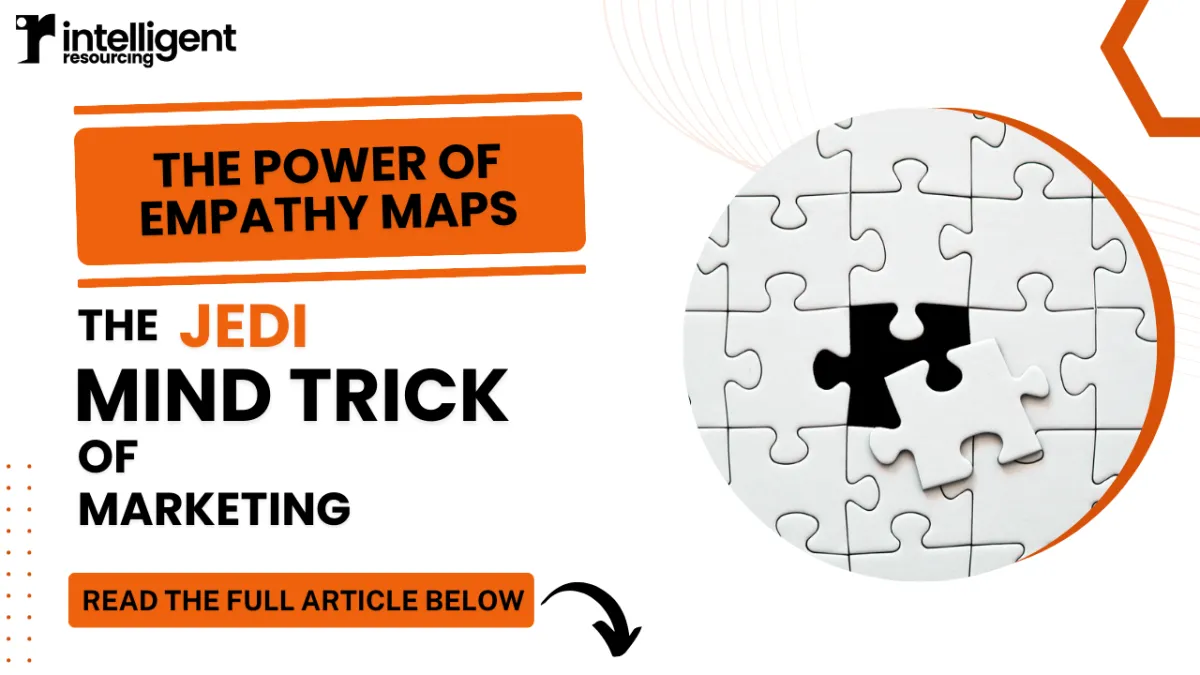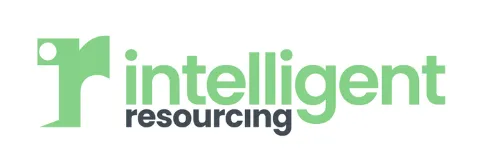
Why Signal-Based Marketing is Your Missing Growth Strategy
Americans see 4,000 to 10,000 ads daily, but only 3-5% of your target market is ready to make a purchase. The statistics show that 51% of customers unfollow brands because of irrelevant or annoying content. Traditional marketing methods are declining in efficacy and have become less effective, and therefore more expensive.
Signal-based marketing offers a new form of advertising. Companies can create meaningful, relevant and timely customer engagement by identifying, interpreting and responding to genuine buying signals - from website visits, social media through to demo requests. New ways of gather intelligence that enable businesses to automatically deliver individual-specific messages that appeal to potential customers precisely when they're ready to engage.
We’ll show you how signal-based marketing can revolutionize your growth strategy. as we discuss the essential signals to monitor, system building techniques, and ways to implement optimized workflows that produce improved results.
What is Signal-Based Marketing
"You can view it as the automated gathering of intelligence" — Con Cirillo, Funnel's director of lifecycle marketing
to deliver relevant messages to potential customers at the perfect moment. The system analyses consumer events and behaviours that show interests and affinities. This helps businesses make smart decisions about their marketing strategies Signal-based marketing uses data points and machine learning.
Key components of signal-based marketing
Signal-based marketing's foundations rest on three main elements:
· Data Collection: Gathering information from multiple touchpoints including website analytics, customer behaviour patterns, and social media interactions
· Signal Identification: Analytics and scoring to separate high-value signals that show purchase intent from irrelevant noise
· Response Strategy: Creating a tailored interaction approaches that match specific customer's interests and needs
Signal-based marketing helps businesses customize their efforts by producing higher-converting marketing campaigns. Marketing teams can then adapt their strategies based on live customer interest and behaviour.
How it is different from traditional marketing
Traditional marketing relies on broad, untargeted approaches. Signal-based marketing offers clear advantages. Digital signal-based strategies provide detailed analytics to track campaign performance live. This lets marketers measure metrics such as clicks, conversions, and traffic sources.
Traditional marketing reaches a general audience with fixed-timeline campaigns. Signal-based marketing makes highly targeted “micro-campaigns” possible, based on user data including demographics, interests, and online behaviour. These precise messages strike a chord with specific audience segments and boost relevance and engagement.
The difference becomes clearer when we look at measurement capabilities. Signal-based marketing turns raw intent data into strategic actions. It goes beyond general outreach to connect with prospects when they're ready to participate. Marketing teams can proactively tailor their efforts and reach the right prospects at the best times. This substantially improves conversion rates.
Types of Marketing Signals That Drive Growth
Digital breadcrumbs in the form of marketing signals show how interested customers are and their readiness to buy. Here are four main types of signals that propel development:
Website behaviour signals Visitor interactions with websites reveal their intentions. These signals include page views, time on site, and user actions. Prospects who spend or check pricing information repeatedly show strong interest in buying more than 10 minutes on product pages.
Social media engagement signals Social platforms create valuable metrics through likes, comments, and shares. On top of that, it goes beyond simple interactions to include:
· Content sharing and saves
· Direct message interactions
· Keywords and phrases that show intent
Purchase intent signals Buyers show intent signals when they research solutions. These signs appear through search queries, and specific actions including content downloads, website visits and demo requests. The signals make more sense when combined with company size and industry information. Studies reveal in your total addressable market look for solutions at any time only about 10% of companies.
Customer lifecycle signals Different signals emerge at each stage of a customer's journey. The lifecycle has nine unique phases: Awareness (Marketing), Assess (Consideration), Admit Problem (Purchase), Affirm (Surprise & Delight), Activate (Usage), Acclimate (Support), Accomplish (Retention), Adopt (Regular use) and finally Advocacy (Champion)
Customer satisfaction scores and response times help businesses understand where prospects stand in their buying process. Companies that track these lifecycle signals can predict and shape customer behaviour better at each stage.
Building a Signal-Based Marketing System
Your signal-based marketing system needs three essential data sources to work effectively. These sources include first-party signals from your product and SaaS tools, second-party signals from your audience's preferred platforms, and third-party signals that give company-level insights.
Setting up data collection
A successful data collection framework needs multiple integrated sources:
· Website analytics and CRM data
· Social media platforms and community involvement
· Support and chat systems
· Social media signal listening
· Reviews and keyword consumption patterns
Marketers should analyse this data to understand consumer priorities and behaviours. The goal isn't just collecting information. Your team needs to turn these insights into strategic actions that drive growth.
Creating signal triggers
Custom triggers are the foundations of your signal-based marketing system. Setting up triggers needs a collaborative effort between marketing teams and external tools like . This process follows a well-laid-out approach.
Map out every stage from signal capture to conversion to make your system work with several go/no-go lead scoring to evaluate the strength of the signals. Look at past data to find signals that associate with pipeline growth. Whatever signals you choose, focus on ones that show a clear connection to your target audience's buying intent.
Build systems that capture and process signals automatically. This approach helps your team automate the listening and create tailored campaigns. The automation will give rapid responses to high-intent signals, especially when you have prospects showing more interest in your solution.
Turning Signals Into Marketing Actions
"Being able to catch prospects pre-inbound has led to higher meeting conversion rates and better email engagement because the content is hyper relevant to their recent behaviour." — Director Demand Generation, Unnamed Director of Demand Generation
Marketing teams need a strategic mix of automation and personalization to turn signals into meaningful actions. Companies should start by building response systems that line up with how their audience behaves.
Automated response workflows Marketing teams can respond quickly to high-intent signals through automated workflows. Companies that use signal-based automation can spot patterns in customer behaviour and match them with anonymous users to predict who might buy. These workflows trigger specific actions based on customer signals - when prospects visit an integration page, they automatically receive relevant case studies.
Personalization strategies Signal and messaging relevance directly affect conversion rates. A successful personalization approach should:
· Shape content around specific user actions
· Modify personalised messages for each buying stage or signal
· Build dynamic offers that match usage patterns
· Design follow-ups based on engagement levels
Channel selection The right channels play a vital role in making signals work effectively. Teams need to evaluate audience reach and engagement potential when selecting channels. Studies show that bringing multiple marketing channels together into one smooth experience boosts customer satisfaction. Companies should measure each channel's budget-friendly impact against their goals.
Marketing teams can put resources into platforms that give the best results by looking at channel performance metrics like conversion rates and ROI. This informed approach will give marketing efforts the best chance to reach target audiences through their favourite communication channels.
Marketing has changed, have you?
Signal-based marketing offers a powerful alternative to traditional advertising that bombards audiences with a spray and pray approach of random messages. Businesses can now make evidence-based decisions by analysing real customer signals and behaviours.
Companies can significantly improve their marketing results through careful signal monitoring and automated responses. Customer lifecycle signals combine with website behaviour, social involvement and purchase intent to create a detailed view of potential customers.
The success of signal-based marketing relies on resilient infrastructure that collects and analyses data from multiple sources. Automated processes turn these explanations into tailored campaigns that reach prospects at the right time. This targeted approach creates higher conversion rates and better ROI than traditional marketing methods.
Signal-based marketing isn't just another trend - it has become crucial for businesses that want to stand out among thousands of daily ads. Companies that accept new ideas in this strategy understand and serve their customers better while building eco-friendly growth.






